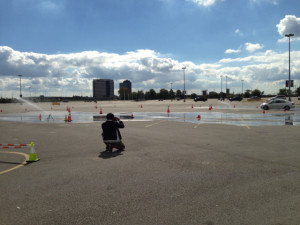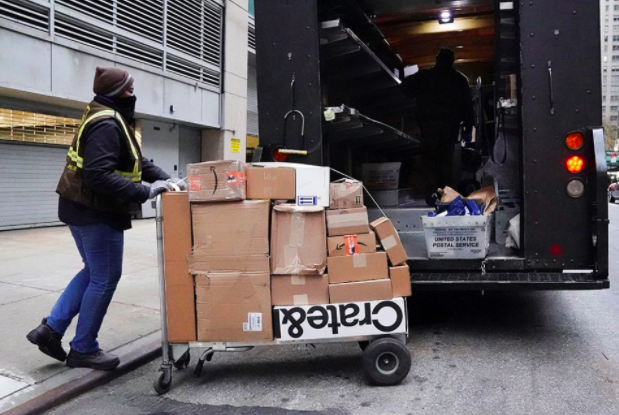Arriving to MetLife Stadium early on a Saturday morning, I did not know what to expect. My parents had enrolled me in the Basic Car Control Clinic created by the company Drive Safer. As I drove into the parking lot, I saw cones set up in different arrangements. While waiting to begin, I watched the instructors setting up a course and—strangely—pouring what looked like laundry detergent and water onto the hard pavement; I had not idea what I was in for!
Drive Safer holds half-day programs that are focused on helping both teens and adults understand and experience car control and learn how to be safe drivers.
“It’s geared to all drivers. It’s just as useful to people who have been driving on the road for twenty years as it is for people who have been driving on the road for a year and a half,” states chief instructor Mindy Oppenheim (drivesafer.com).
The program includes a classroom session in which drivers learn more about how their cars actually work, and then get a preview of the techniques that will be demonstrated in the behind the wheel portion of the class.
The behind the wheel exercises allow drivers to experience—in a safe and controlled environment—some of the most common hazards and driving conditions. During the exercises, a certified, high-performance driving instructor is in the car with each student at all times.
“I’d much rather them have learned the skills to survive doing it on a safe enclosed course with expert instructors, than learning it on their own when they have that ‘oh my god’ moment and they don’t know what to do,” says Chief Executive Officer Jason Friedman (drivesafer.com).
Drive Safer offers four different programs: Basic Car Control Clinic, Advanced Car Control Clinic, Manual Transmission Clinic, and Winter Weather Clinic.
In the Basic Car Control Clinic, students are put through four courses, each dealing with different and potentially hazardous situations.
The first is called the Skidpad. Many drivers do not know how to control their car in slippery conditions. The Skidpad is set up with two circles of cones. The course is wet and slippery, so the driver can really understand what it is like to skid. As they go around, in between the two circles, and at increasingly faster speeds, they are taught how to steer properly in order to control the car. This is a crucial skill to have while driving in wet and snowy situations.
The second course is the Slalom. This is set up with a straight line of cones at a specific distance apart. The driver learns to look ahead, judge distances, and use throttle control while weaving in and out of the cones.
The third exercise is Hazard Avoidance. Students are put into a situation where they have to make a split-second decision about which direction to go, and do it smoothly without hitting any cones. This will come in handy if you come face to face with a deer or turkey crossing the road.
The last course is braking. There, drivers learn the importance of anti-lock brakes, experience the feel of using them, and learn to brake on a sharp turn at high speeds.
All four of these exercises are completed in a safe, controlled environment where drivers can learn the importance of safety on the road, and have fun at the same time.
According to Drive Safer, “motor vehicle accidents are the number one killer of teens nationwide -more than drugs, homicides, and suicides combined”.
Learning these valuable skills early on can help prevent dangerous situations that may potentially occur in the future. Drive Safer holds many programs throughout the year, and if you are interested you can go to www.drivesafer.com for more information.













































